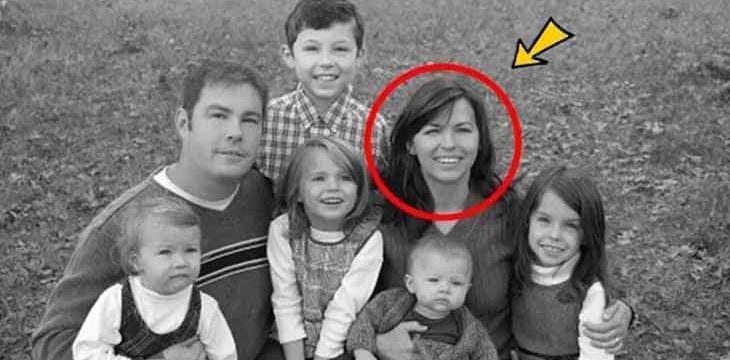Loni Willison’s Journey from Fitness Fame to Struggles with Homelessness and Addiction

Loni Willison, once a celebrated fitness model gracing the covers of prominent magazines, now lives a life far removed from her former fame. At 39 years old, Willison has publicly shared her experiences with addiction, homelessness, and health challenges, all of which she says stem from her turbulent marriage to actor Jeremy Jackson. In a candid interview with X17 Online, she discussed the abuse she allegedly endured during her marriage and the lasting physical and emotional scars it left behind.
The Rise and Fall of a Fitness Icon
In her prime, Loni Willison was a familiar face in the fitness industry, known for her toned physique, charisma, and ability to inspire others through her healthy lifestyle. However, behind the scenes, her life was unraveling. Willison’s marriage to Jeremy Jackson, famous for his role on the hit TV show Baywatch, was marked by turmoil and conflict. The couple divorced in 2014, and Willison has since spoken about the alleged abuse she endured during their relationship. According to her, the emotional and physical strain from the marriage played a significant role in her subsequent struggles with substance abuse and mental health issues.
A Life Changed by Trauma and Health Problems
After her divorce, Willison’s life took a devastating turn. She faced mounting challenges, including addiction and homelessness, which pushed her further from the spotlight. But her struggles didn’t end there. Willison claims to suffer from a rare condition that has made her extremely sensitive to metals and electricity—a sensitivity she believes was caused by what she describes as being “electrocuted” daily for nearly a year. This health issue has led her to avoid staying indoors or in areas with significant electrical infrastructure, forcing her into a nomadic lifestyle.
In her interview, Willison shared that she experiences chronic pain, has lost several teeth, and now wears her hair short and unkempt, further highlighting the stark contrast between her current situation and her former image as a fitness star. Despite the availability of medical care, Willison has refrained from seeking help, believing that her condition is incurable. She has chosen instead to adapt to her circumstances, surviving day-to-day while grappling with her physical and emotional pain.
Jeremy Jackson’s Silence and Personal Troubles
Jeremy Jackson, for his part, has not publicly responded to Willison’s allegations of abuse. The actor has faced his own legal issues and struggles with substance abuse over the years, complicating the narrative of their relationship. While the two have gone their separate ways, Willison’s story continues to cast a shadow on their shared history, offering a sobering reminder of how unresolved trauma can shape a person’s life long after a relationship ends.
A Story of Struggle, Resilience, and the Need for Awareness
Loni Willison’s journey is not just a personal tragedy—it also serves as a reflection of the broader challenges faced by many individuals dealing with homelessness, addiction, and untreated health conditions. Her story highlights the importance of addressing mental health issues, offering accessible support systems, and fostering public awareness about the complex interplay of trauma and addiction.
Homelessness and addiction often go hand-in-hand, with each exacerbating the other in a vicious cycle that can be nearly impossible to escape. Willison’s case is a poignant example of how personal setbacks, compounded by physical and emotional trauma, can lead to a complete breakdown in stability. Moreover, her decision not to seek medical care underscores the barriers—both psychological and practical—that often prevent individuals in her situation from receiving the help they need.
Finding Hope Amid Adversity
While Willison’s current circumstances are undeniably grim, her resilience shines through in her ability to continue navigating life despite the challenges she faces. Her willingness to share her story is also a testament to her strength, as it sheds light on the realities of addiction, homelessness, and untreated health conditions in a way that few public figures are willing to do.
The lack of communication between Willison and Jackson underscores how unresolved conflicts can perpetuate emotional distress. It also raises questions about the societal tendency to overlook the long-term impacts of toxic relationships, particularly on individuals who may already be vulnerable due to existing mental health or substance abuse issues.
Lessons for Society
Willison’s story is a call to action for society to provide better support for those who fall through the cracks. Accessible healthcare, robust addiction recovery programs, and safe housing options are crucial for helping individuals like Willison regain stability and dignity. Equally important is fostering a culture of empathy and understanding, where people facing similar struggles feel encouraged to seek help without fear of judgment.

In the end, Loni Willison’s story is not just about her personal trials—it is also about the systemic failures that allow individuals to slip into homelessness and despair. By bringing attention to her journey, society can begin to address the underlying issues and create pathways for recovery and hope.
This narrative sheds light on Loni Willison’s life, offering readers a deeper understanding of the challenges she faces and the broader implications of her story. As she continues her journey, one can only hope that her resilience and the attention brought to her struggles will inspire meaningful change for others in similar situations.





